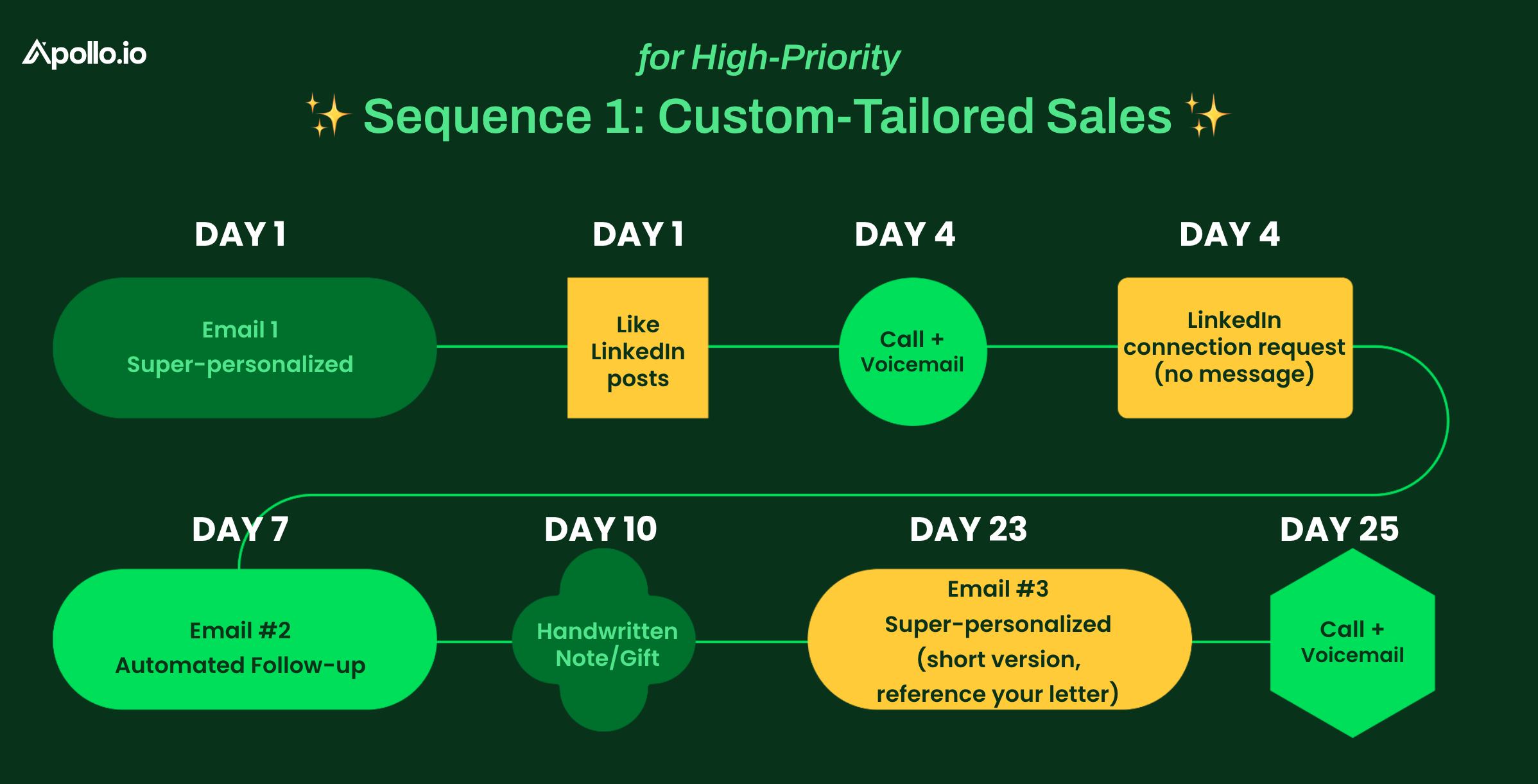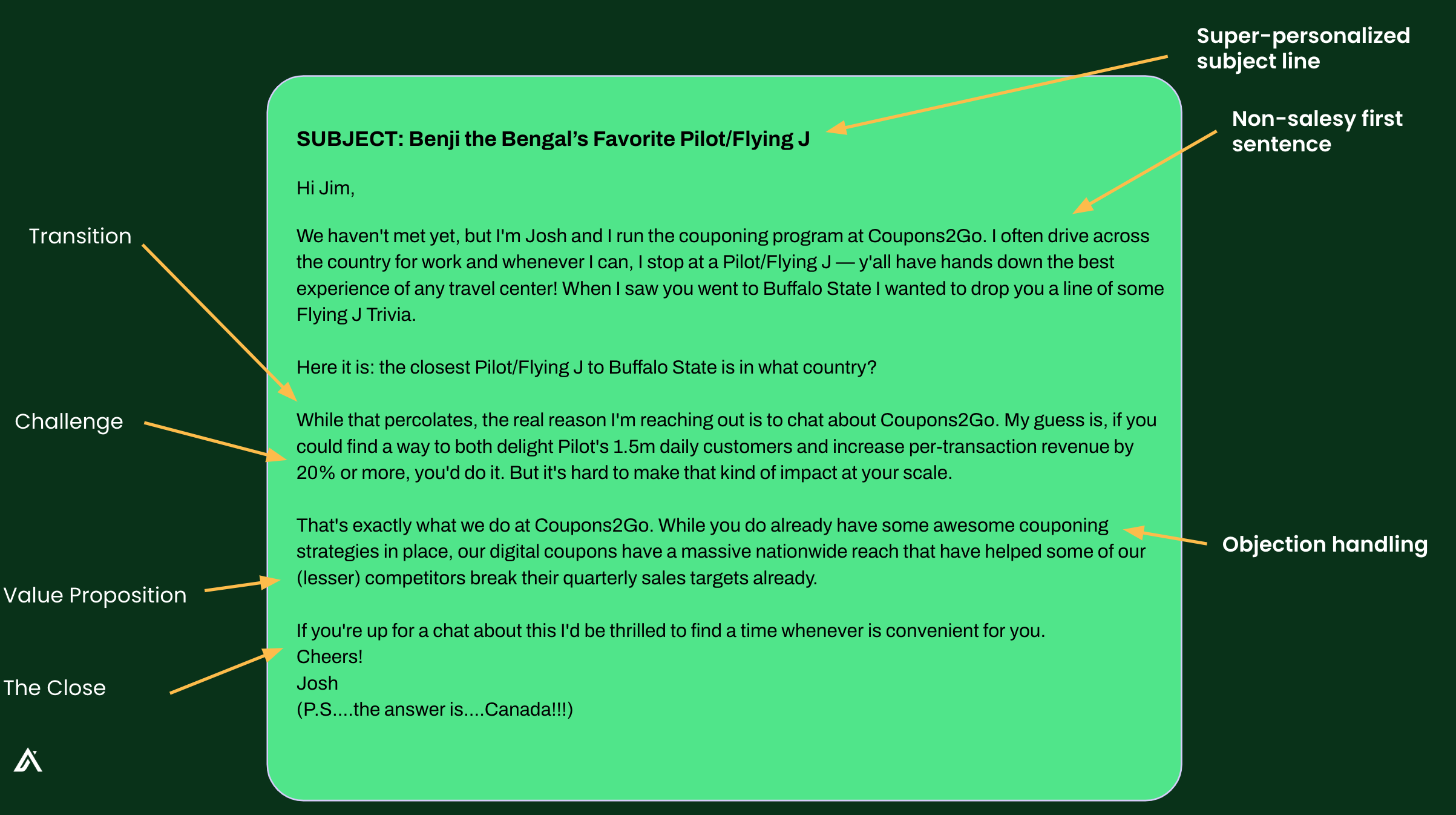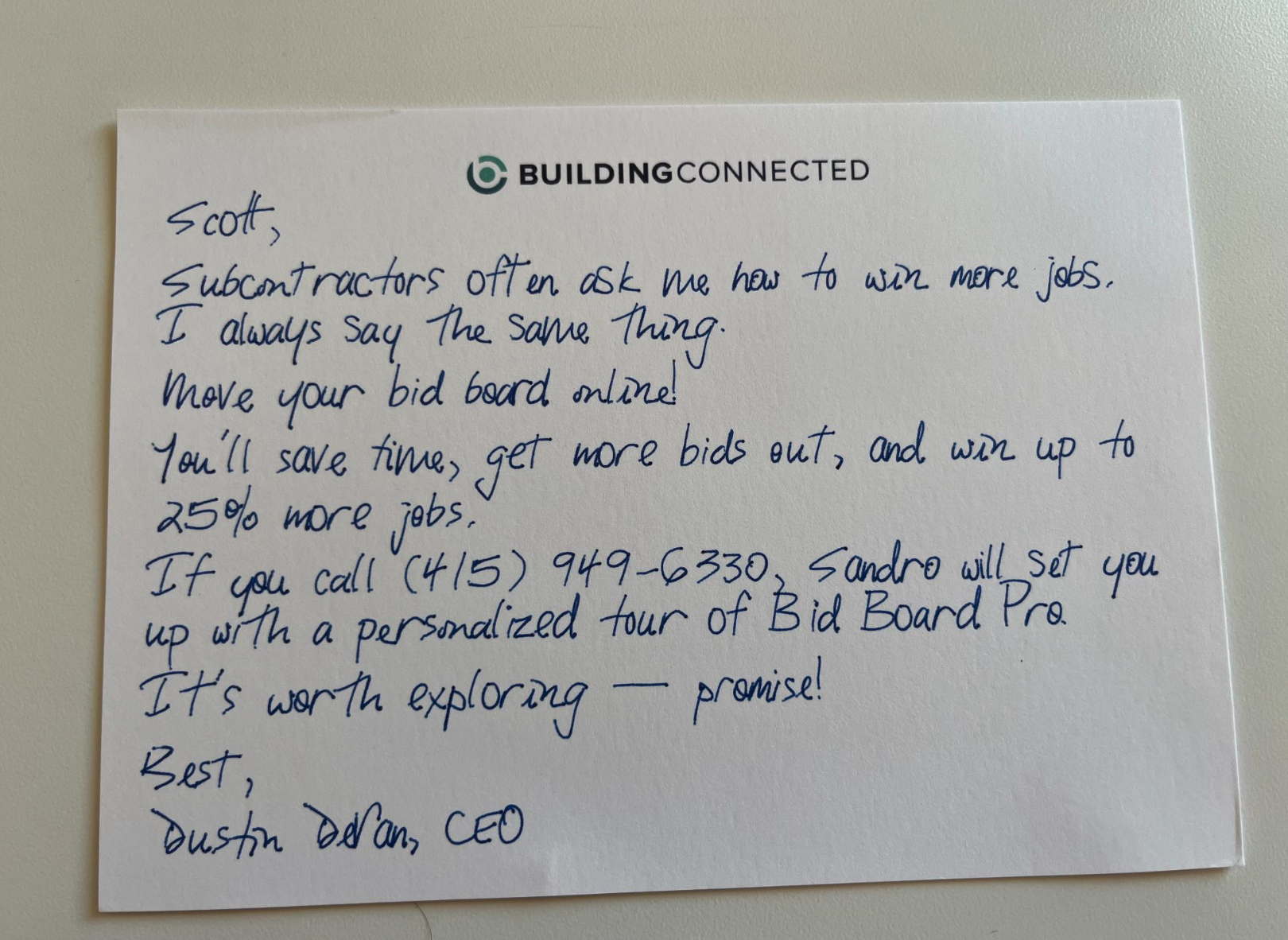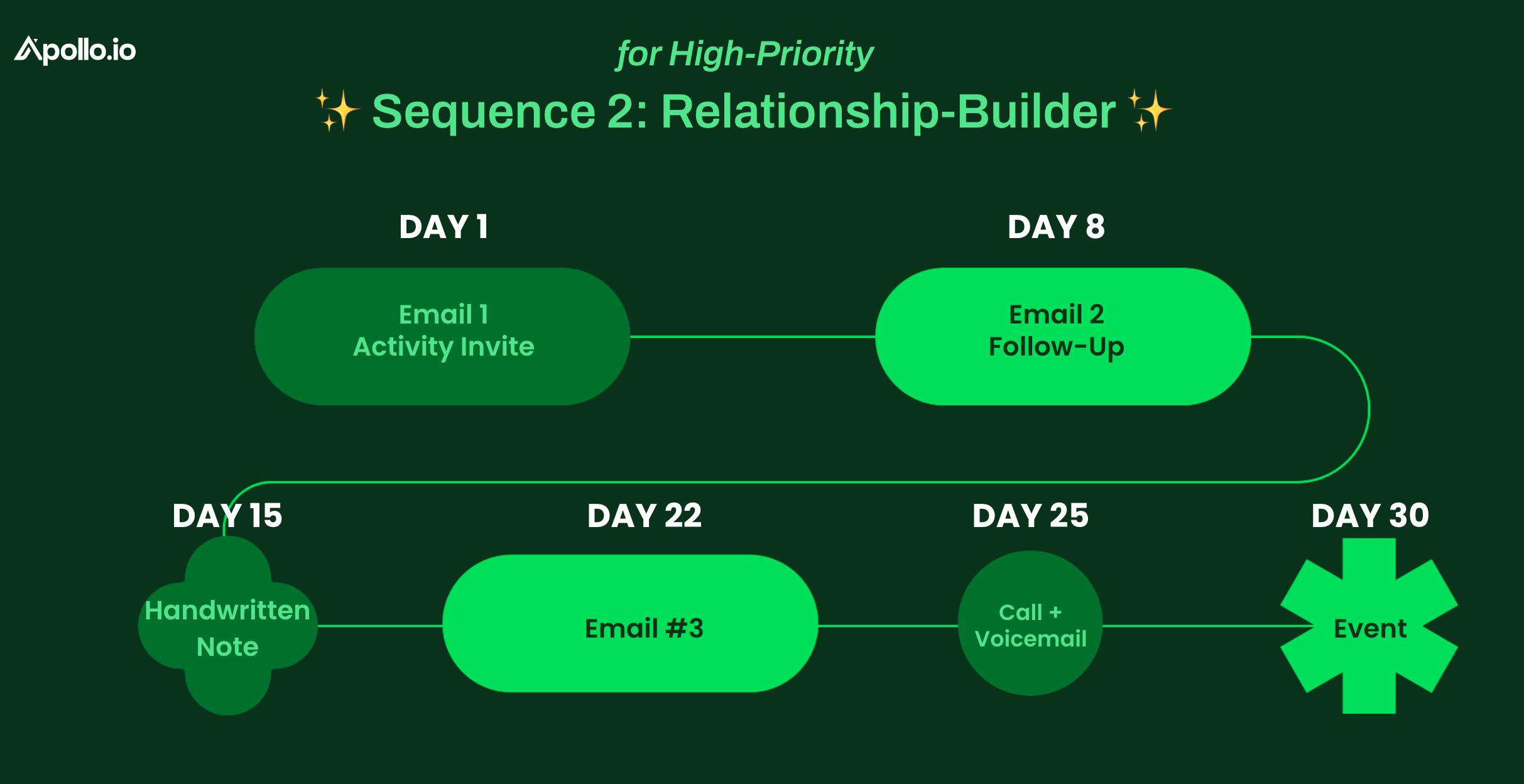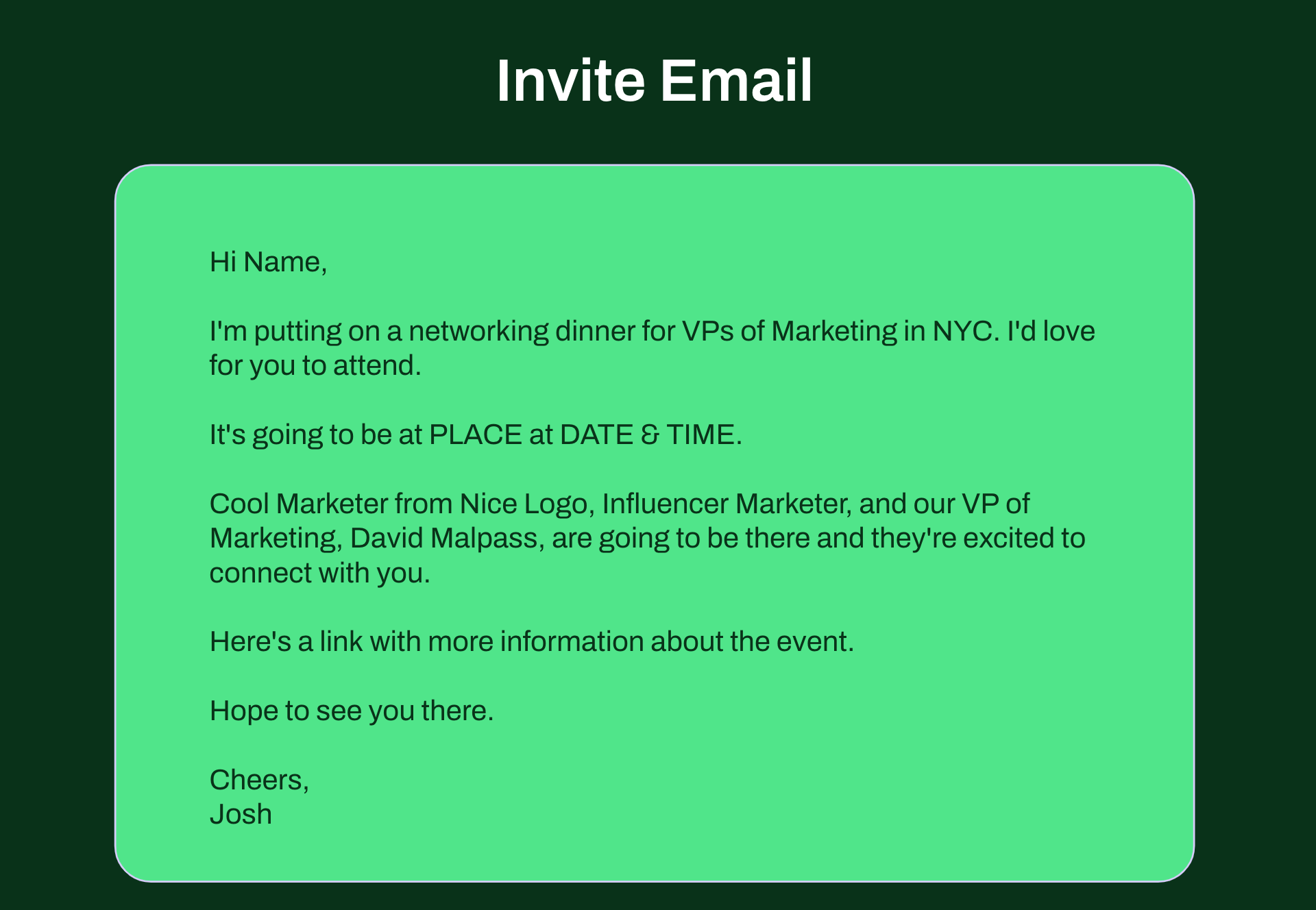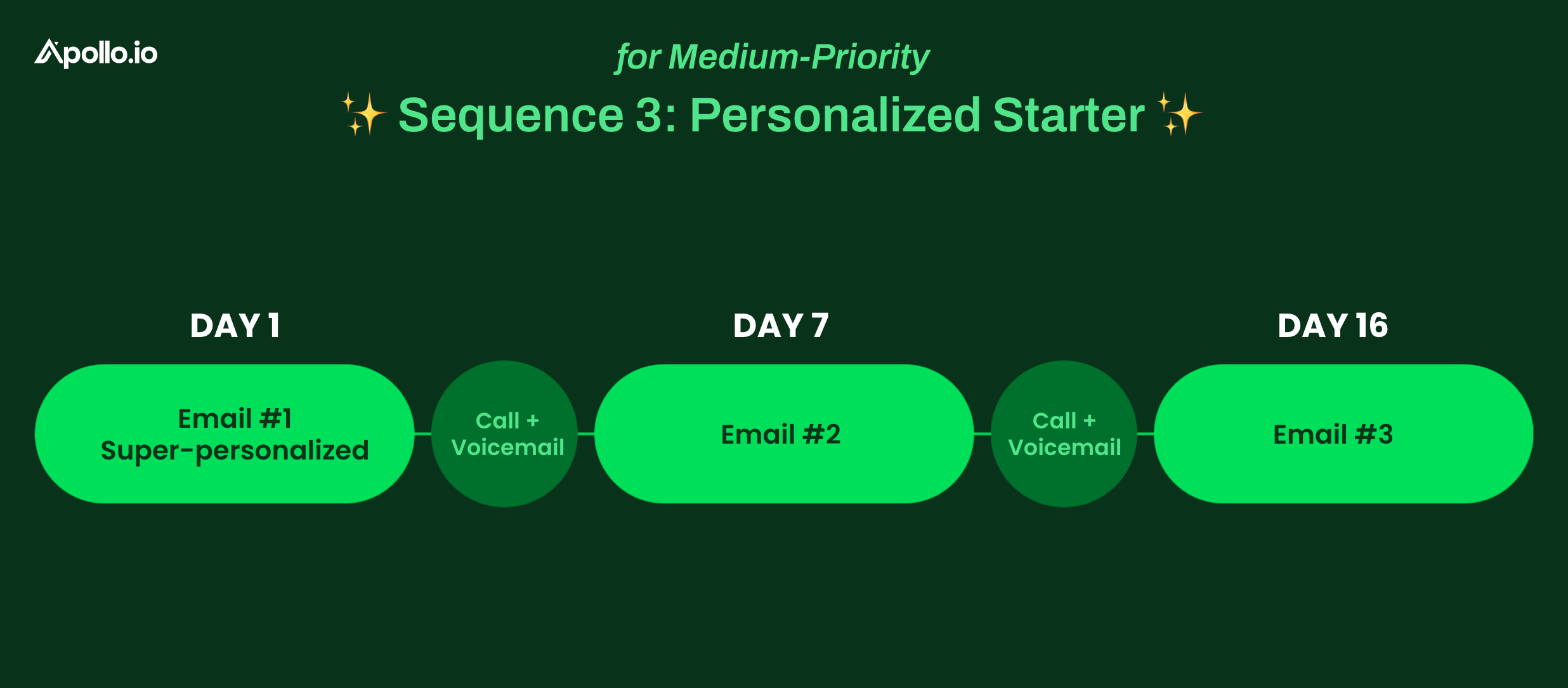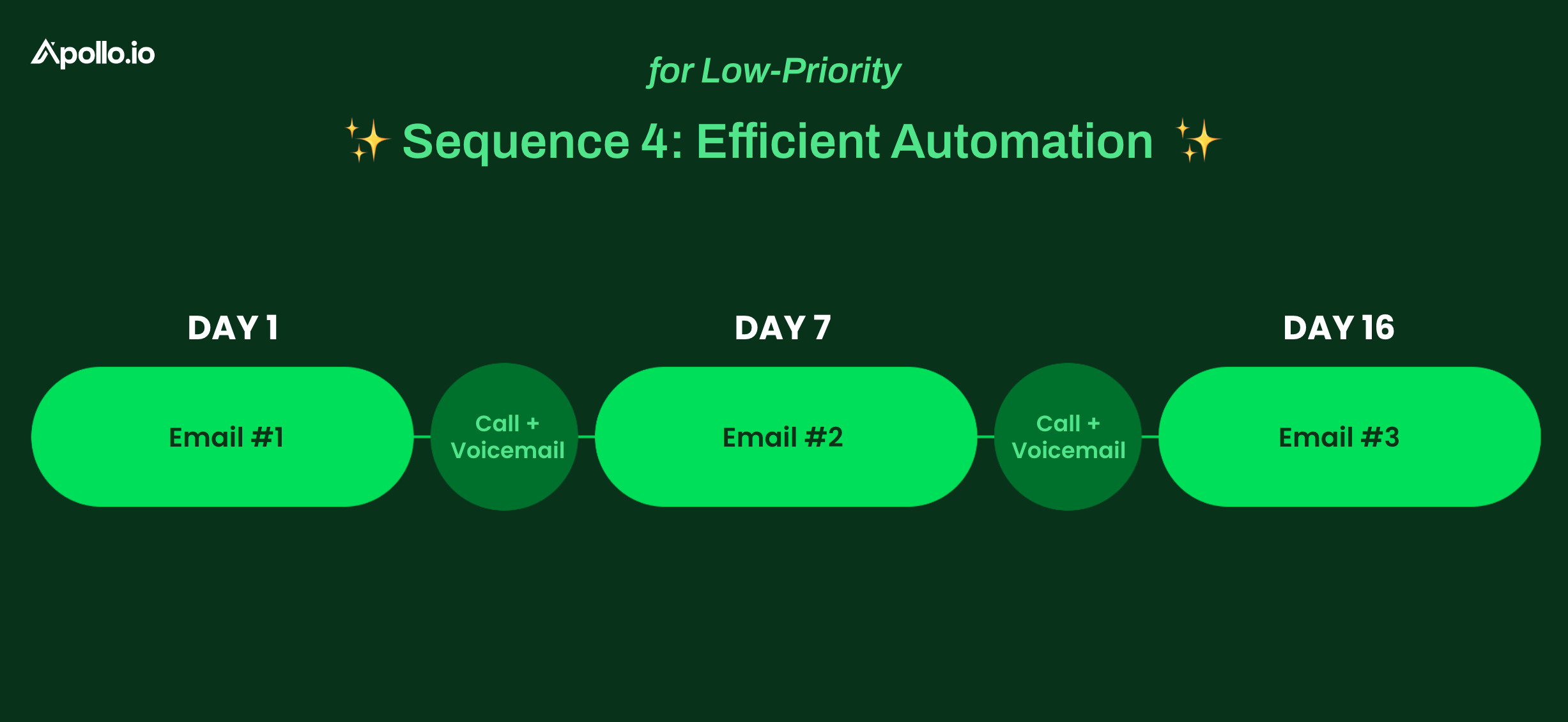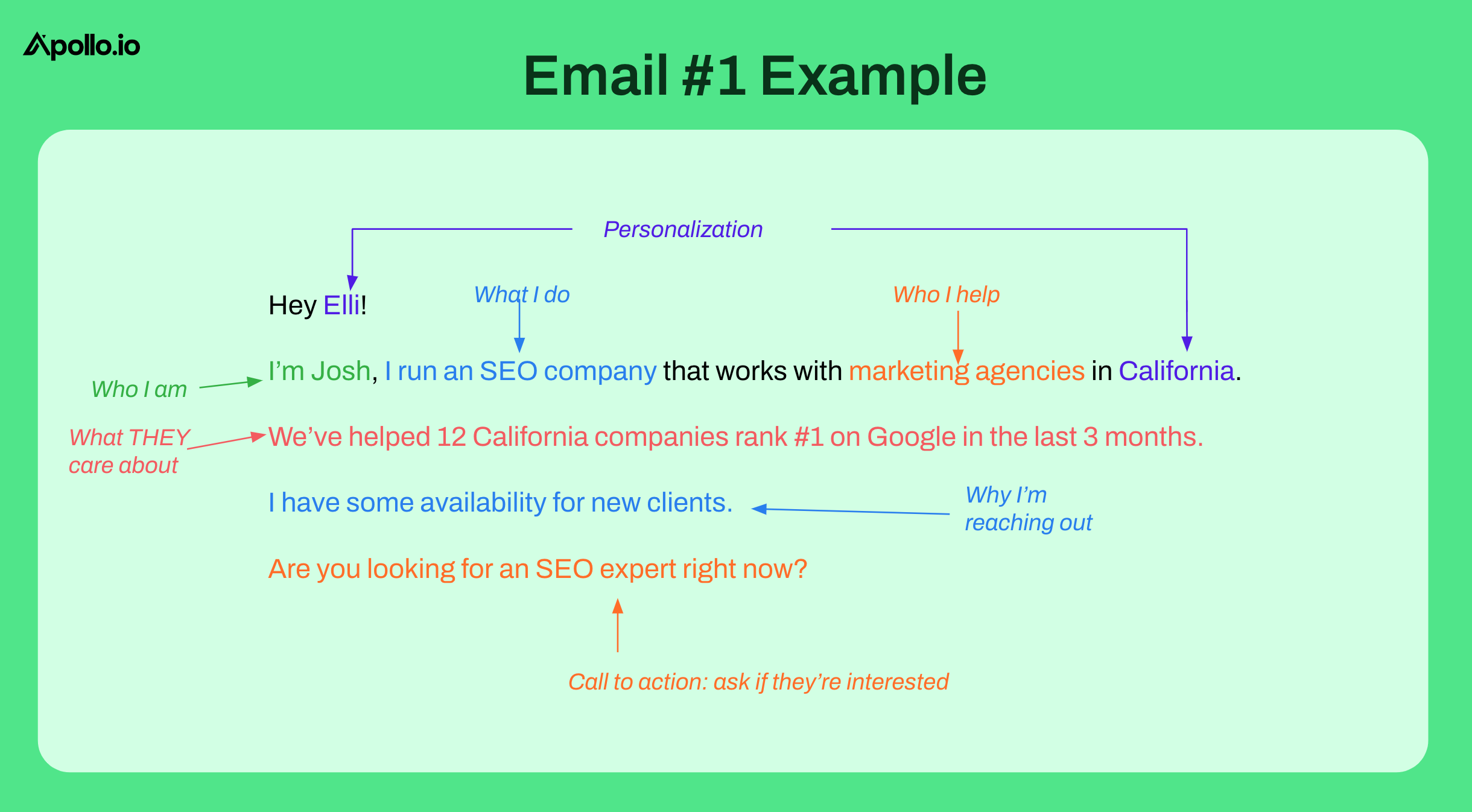The 5 Best Sales Sequences We've Ever Seen
Take your outbound to the next level with automated sequences of touchpoints, custom designed to deliver value to prospects at scale. Here are the top 5 sequences you should try today.
by
Jess Cody
PUBLISHED Jan 5, 2024
3 Min Read
UPDATED Aug 19, 2025
The 5 Best Sales Sequences We've Ever Seen
On average, cold emails only have a 0.9% response rate.
It's hard to stand out in a crowded inbox, and it's only going to get harder.
New email sender guidelines are coming in February 2024. To even land in an inbox, you'll be required to have email authentication in place, offer one-click unsubscribe, and maintain a spam compliance rate of 0.3%.
To increase your odds of getting a response and booking a meeting, messages need to be timed and targeted, not sent in bulk.
Here's how to create a standout sales sequence with 5 examples you can implement today.
What is a sales sequence?
Let's start at the beginning.
A sales sequence is an outreach campaign with multiple touchpoints.
You can incorporate emails, phone calls, LinkedIn messages, handwritten notes, and more. There isn't a set number of touchpoints guaranteed to book a meeting, but the RAIN Group found that, on average, it takes 8 touches to start a conversation.
Apollo lets you scale your outreach across emails, calls, and LinkedIn with Apollo Sequences. You can easily A/B test messaging, get creative using AI writing assistance, and access reporting to optimize your efforts.
💡Learn how to quickly and easily build a sequence in Apollo.
While sequences make it easier to conduct outreach at scale, it's not enough to create any old sales sequence.
Why sales sequences work (and why you need them)
Tired of leads going cold? A solid sales sequence is your secret weapon. It's not just about sending more emails — it's about sending the right message at the right time, automatically. This keeps you top-of-mind, frees you up from manual follow-up, and turns lukewarm interest into booked meetings. Simply put, sequences bring structure and consistency to your outreach, so you can focus on what you do best: closing deals.
5 sales sequences you can use today
Sequence 1: Tailored, high-value prospect sequence
This 8-step sequence is intended for decision-makers and champions aka your best-fit leads, and should be highly personalized.
A great way to start this sequence is by employing "Show Me You Know Me™". This is Samantha McKenna's method of writing intentional emails that demonstrate you understand your buyers.
These are the elements of a hyper-personalized email using the 7 elements of "Show Me You Know Me™".
- Subject line: This should be unique to the recipient. It likely won't make sense to anyone else but the person receiving the email.
- The first sentence: Start with an authentic intro, rather than niceties or your sales pitch.
- The transition: Make a logical tie from the first sentence to your sales pitch.
- The challenge: What can you solve for your buyer? Focus on the person, not the company.
- The value proposition: Consider your hook and your buyer's pain points.
- Hidden or forthcoming objection: Think about the most common objection you receive and get ahead of it.
- The close: Always include a call to action, but don't include a calendar link in your first email.
For the remaining sequence steps, mix in other types of outreach.
Engage and connect with your prospects on LinkedIn and consider sending a handwritten note to stay top of mind.
Custom notes cut through the noise and help you stand out among competitors. A great handwritten note is casual, personal, and to the point, and includes information that makes it easy for your prospect to follow up.
Josh Garrison, VP of Content Marketing and Product Education at Apollo, once mailed over 1,000 handwritten notes using Handwrytten, and booked over 100 sales calls!
Smart personalization works.
Sequence 2: High-priority relationship-builder sequence
This sequence is custom-built for VIP decision-makers and champions and it requires you to think outside of the box.
For this sequence, you're going to foster connection and community by inviting your top-tier prospects to an event. Think happy hours, workshops, mini golf—activities that allow you to connect with your prospects as humans.
Here are some tips to make this sequence a success:
- Leverage your executive team at the event, and make sure to promote their presence in your outreach
- Build buffer time between when the sequence starts and when the event will be held
- Send a handwritten note to add a personal touch
Your first email should explain why your prospect would want to attend the event and share all the important details.
Continue to follow up with a series of calls and emails.
Sequence 3: Personalized starter sequence for medium-priority leads
Prospects in this sequence are influential in the buying decision, but they are likely not your champion.
This is a relatively simple sequence with three emails and two calls. Diversifying your touch points increases the likelihood of getting a response.
Don't forget to personalize your first email. Introduce yourself, explain why you're reaching out, and share your unique value prop.
As with all of these sequences, feel free to customize them to better fit your buyers.
Sequence 4: Automated sequence
This is a simple sequence for your lower-priority audience.
The idea here is to segment your audience. Lumping together "marketing agencies in Cleveland" or "recently-funded, mid-sized accounting firms" in a sequence allows you to create a fairly customized message without going through the work of personalizing each email.
In your first email explain who you are, what you do, why you're reaching out, why they should care, and ask if they're interested. Follow up accordingly, using automation to free up your time.
Then, use a mix of emails and calls over the course of two weeks.
Sequence 5: Call-only sequence
The last sequence is for any prospect on your list.
When you can't find an email address or are simply looking for another way to reach people, this call-only sequence is a great option.
To boost your cold-calling efforts, consider using Charlotte Lloyd's cold-calling framework. She used these 5 Cs to generate $1.5M in outbound sales.
- Consent: Ask if the prospect is willing to chat for a few minutes
- Challenge: Address the prospect's pain points
- Convey: Present the value of your solution
- Counter: Be prepared to discuss common objections
- Close: Give your prospect a compelling reason to take the next step
Another way to stand out? Try calling your prospect's cell phone right before or after business hours.
Remember that the key to booking a meeting is crafting a unique and relevant message.
Best practices for building effective sales sequences
To stand out from the pack and deliver an attention-grabbing message, you need to use personalization and segmentation.
Personalization is typically a one-to-one approach, meaning you are customizing your outreach to one person at a time. This strategy is meant for your highest-priority prospects. It takes the most work but is likely to have the greatest impact.
Segmentation is a one-to-few approach and enables you to send tailored messages to a group of people at once. This approach is best suited for your medium to low-priority prospects.
Segmentation is often based on location, industry, or persona. For example, one of your segments could be CEOs at marketing agencies in California.
You can use a combination of personalization and segmentation to craft sequences that lead to more meetings.
Start building sequences that book more meetings
The right sales sequence doesn't just get responses — it builds pipeline. These templates are your starting point, but the real power comes from adapting them to your audience and optimizing based on what works. Stop guessing and start engaging with a structured, data-driven approach. Ready to turn insights into action? Find your ideal prospects and launch your next best campaign with Apollo. Get started for free.
Frequently asked questions about sales sequences
How many touchpoints should be in a sales sequence?
There's no magic number, but it often takes around 8 touches to get a conversation started. The key is to mix your channels — like email, calls, and social media — and focus on providing value at each step. Start with a plan, but be ready to test and see what works best for your audience.
What's the difference between sales sequences and email campaigns?
Think of it like this: an email campaign is a one-to-many broadcast, like a newsletter. A sales sequence is a one-to-one (or one-to-few) conversation. Sequences are automated but feel personal, with multiple steps across different channels designed to engage a specific prospect until they respond or a goal is met.
How long should I wait between sequence touches?
Give your prospects some breathing room, but not so much that they forget you. A good starting point is waiting 2–3 business days between touches. If a step is more passive, like a LinkedIn profile view, you can do it sooner. The goal is to be persistent, not annoying.
Should I use the same sequence for all prospects?
Definitely not. The most effective sequences are tailored to the prospect's persona, industry, or pain point. You should have different sequences for different segments. A high-value C-level executive needs a much more personalized, high-touch approach than a lower-priority lead.
What's the best time to start a sales sequence?
The best time is when a prospect shows interest. This could be a 'buying signal' like visiting your pricing page, downloading a guide, or getting a promotion. If you're reaching out cold, aim for times when they're likely to be checking messages, like mid-morning on a Tuesday or Thursday, but always test to see what generates the best results.
Find and close your next best deal
Related articles
Subscribe for weekly updates
Receive insider stories and data-backed insights for elevating your work and staying ahead of the curve
You can unsubscribe at any time using the link in our emails. For more details, review our privacy policy.
